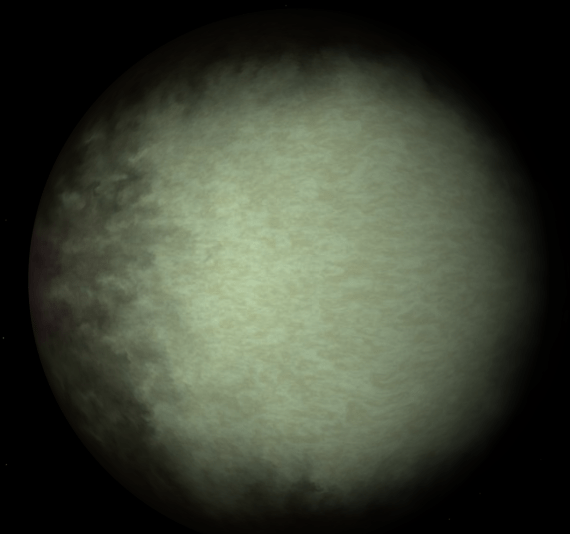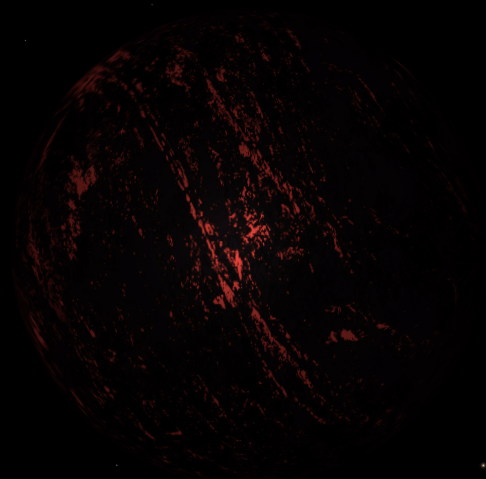Hot Jupiters are gas giants that orbit their star once every less than 10 days. They are very popular because they are very easy to detect by the transit method and radial velocity.
That leads us to a question, ‘What if a hot Jupiter existed in the Solar System?’ Let’s find out the consequences and damage it may cause, and why don’t hot Jupiters emerge in the Solar System.
The Damage Caused
The damage of a hot Jupiter to the Solar System can be very severe. Remember the location of the kind of planets? It’ll be very close to its star!
Therefore, it will quickly affect the orbit of Mercury and do so on other inner planets gradually. This could result in Earth knocking out of the habitable zone in the long run, making it too hot or too cold.
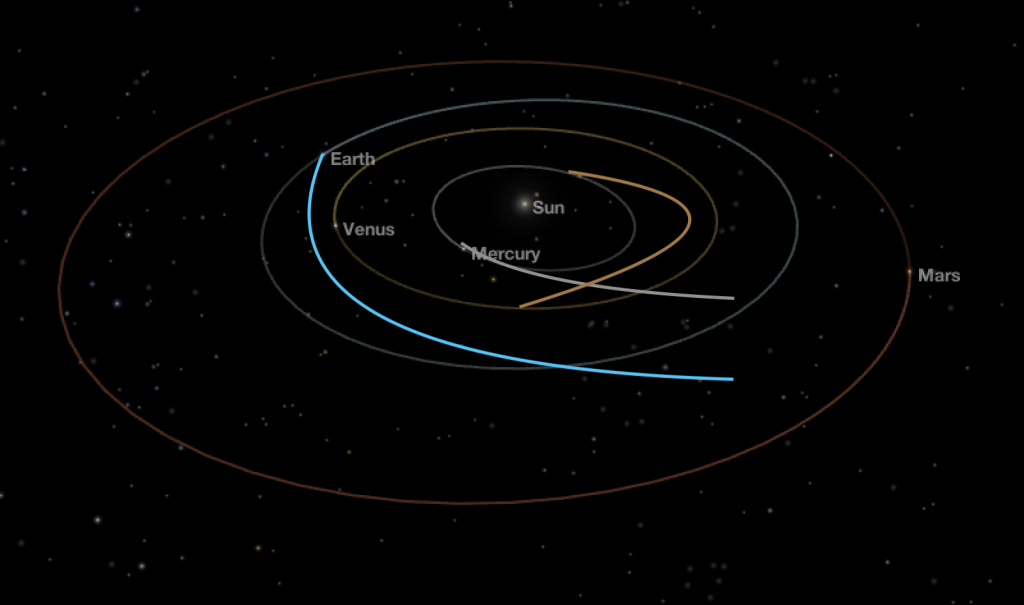
Image Credit: NASA’s Eyes
It Gets Even Worse
However, it is much worse than the scenario above if you think of the origin of the appearing hot Jupiter.
The orbits of the planets in the Solar System are basically in a delicate balance. So, the planets don’t collide with each other. If the orbit of even a single planet is moved substantially, others will eventually be altered. Even worse, if the extent is enough to reach another planet, it will destroy Earth’s habitability.
Therefore, an incoming planet can completely disrupt the orbits of our Solar System through gravity. Imagine that a Jupiter-sized planet can reshape an entire planetary system. It will cause chaos if it’s not in the right place.
Why Doesn’t the Solar System Have a Hot Jupiter?
To answer this question, we need to trace back to the formation of the Solar System. So, let’s explain Jupiter’s route in the “Grand Tack” hypothesis.
Jupiter did migrate from about 3.5 AU to 1.5 AU from the Sun. That’s because the gas in the Solar System interacts with Jupiter using gravity assist, and it slowly spiraled inward as it loses energy.
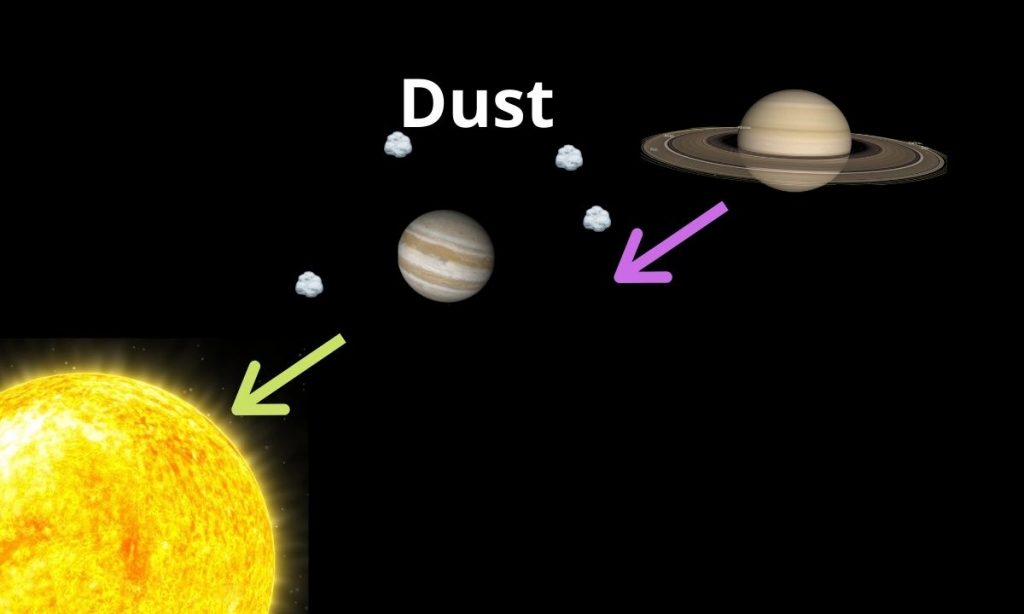
Image Credit: Canva, NASA’s Eyes
But, Saturn somehow pulled Jupiter back gradually because there was no air near Jupiter that helped inward migration. It bounced off the Sun. The two planets settled down to their current location after hundreds of thousands or millions of years.
Introduction to Hot Jupiters
We’ve talked about the what-if topic enough. Therefore, let’s change the topic and introduce hot Jupiters.
These planets are very easy to detect from the transit method and radial velocity.
The Transit Method: The planet’s relative size is large, and its orbital period is short. As a result, the planet’s existence is easier to catch, and we have to wait for less.
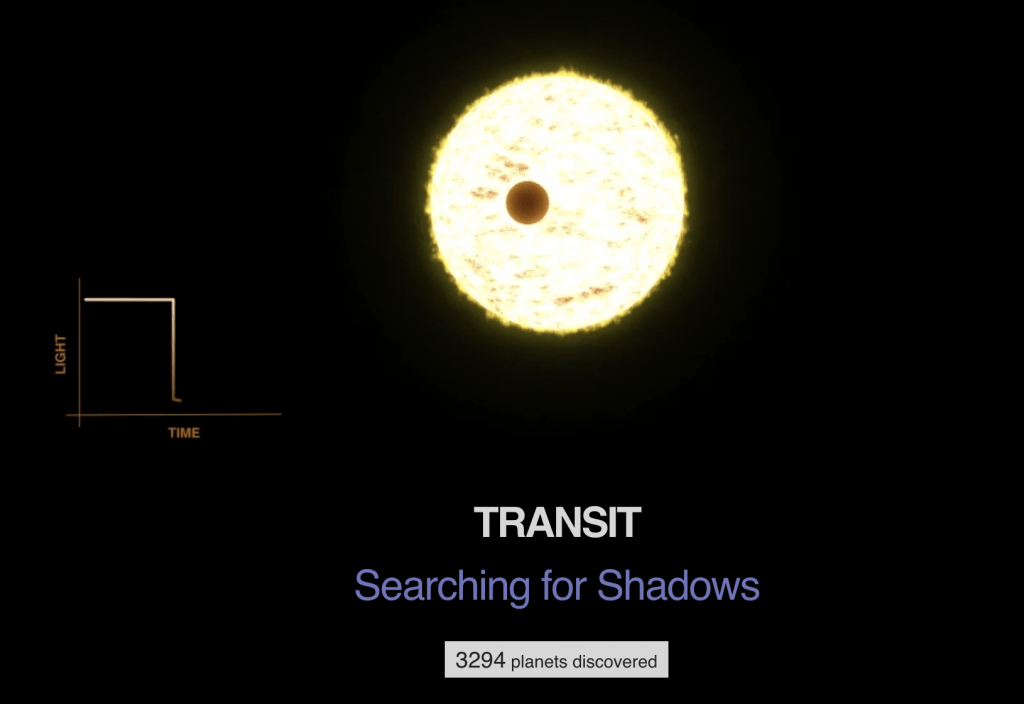
Screenshot is taken from https://exoplanets.nasa.gov/alien-worlds/ways-to-find-a-planet/#/2
Radial Velocity: The planet’s relative gravitational force with its star is a large percentage. This is because the planet is more massive, exerting more gravitational pull. Moreover, it’s near the star, which further increases the relative G-force acting on the star.

Screenshot is taken from https://exoplanets.nasa.gov/alien-worlds/ways-to-find-a-planet/#/1
Furthermore, the category brings us many exotic exoplanets that we’ve never thought of before discovering these planets.
For instance, WASP-12b is an egg-shaped planet because it orbits very close to its star, WASP-12. Kepler-7b‘s density is as light as styrofoam. TrES-2b is so dark that it reflects less light than coal.
Image Credit: NASA’s Eyes
Conclusion
In this article, we discussed what if a hot Jupiter existed in the Solar System. We’ve also had a brief introduction to hot Jupiters and answered why there aren’t any hot Jupiters in the Solar System.
But, as for any astronomical topics, 650 words are not enough. Therefore, please check out the webpages in the references or simply search the web to learn more. Remember to find reliable sources!
References and Credits
- (n.d.). Hot Jupiters. Retrieved January 15, 2020, from https://sites.astro.caltech.edu/~jwang/Project5.html
- (n.d.). WASP-12 b – Exoplanet Exploration – NASA. Retrieved January 15, 2021, from https://exoplanets.nasa.gov/exoplanet-catalog/5120/wasp-12-b/
- (n.d.). Kepler-7b – Exoplanet Exploration – NASA. Retrieved January 15, 2021, from https://exoplanets.nasa.gov/exoplanet-catalog/1801/kepler-7b/
- (n.d.). TrES-2 b – NASA Exoplanets. Retrieved January 15, 2021, from https://exoplanets.nasa.gov/exoplanet-catalog/1716/tres-2-b/
- (2011, August 19). Jupiter’s “Grand Tack” Reshaped the Solar System | News | Astrobiology. Retrieved January 15, 2021, from https://astrobiology.nasa.gov/news/jupiters-grand-tack-reshaped-the-solar-system/
- (n.d.). 5 Ways to Find a Planet | Explore – Exoplanet Exploration: Planets Beyond our Solar System. Retrieved January 15, 2021, from https://exoplanets.nasa.gov/alien-worlds/ways-to-find-a-planet/
Image Credit: NASA’s Eyes, Canva, NASA Exoplanets



